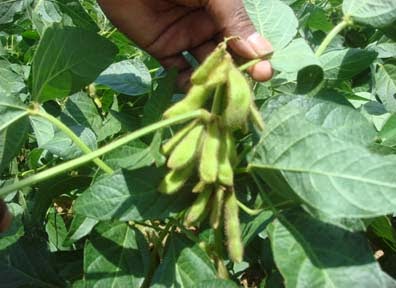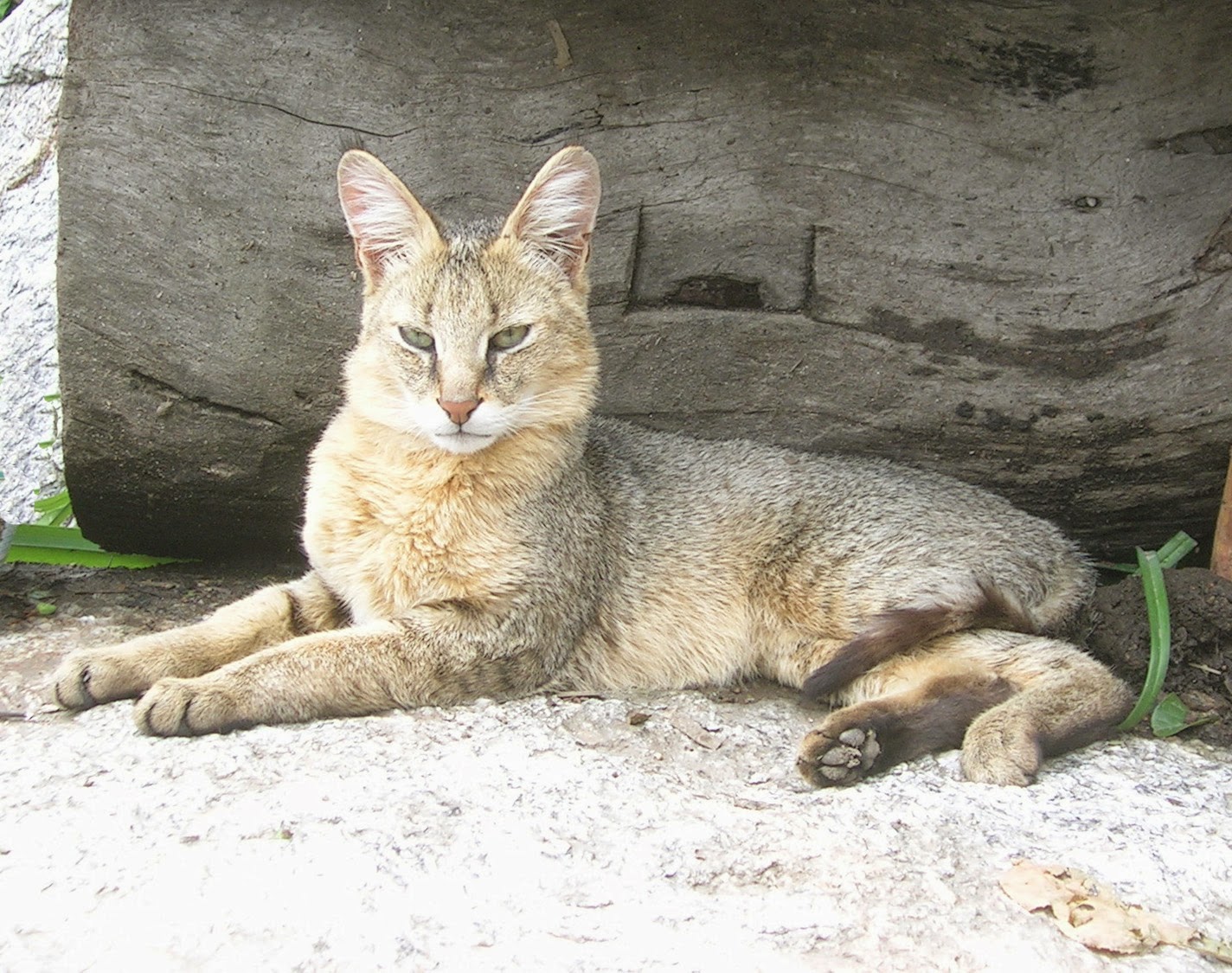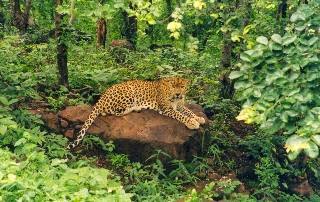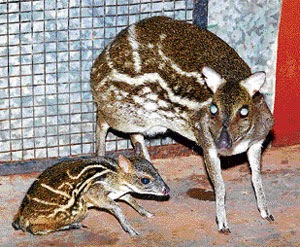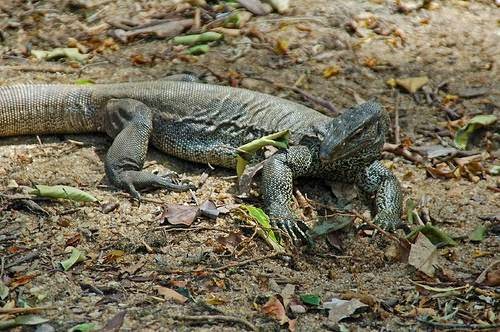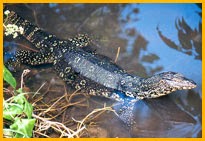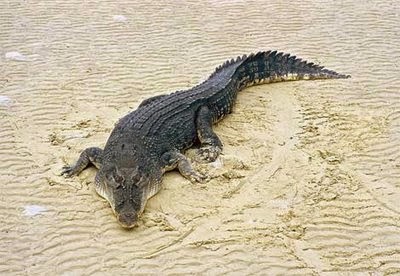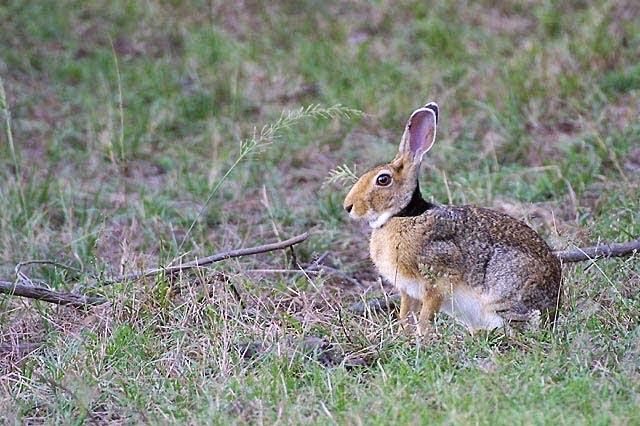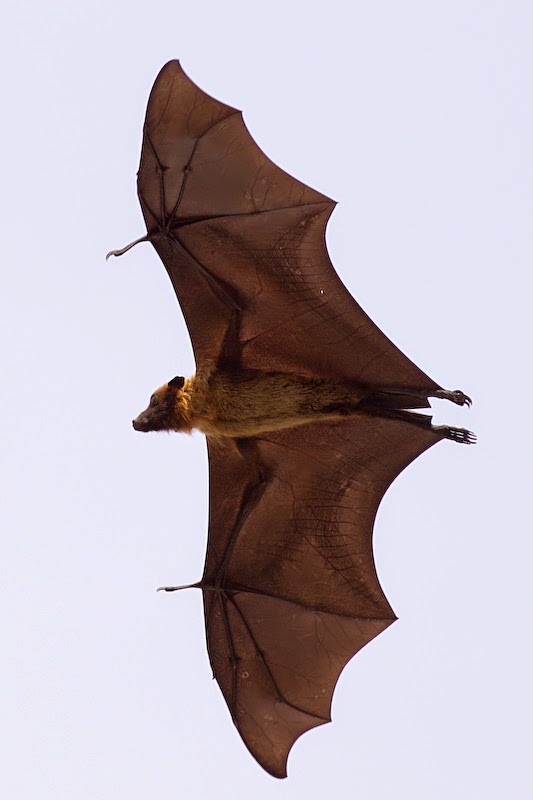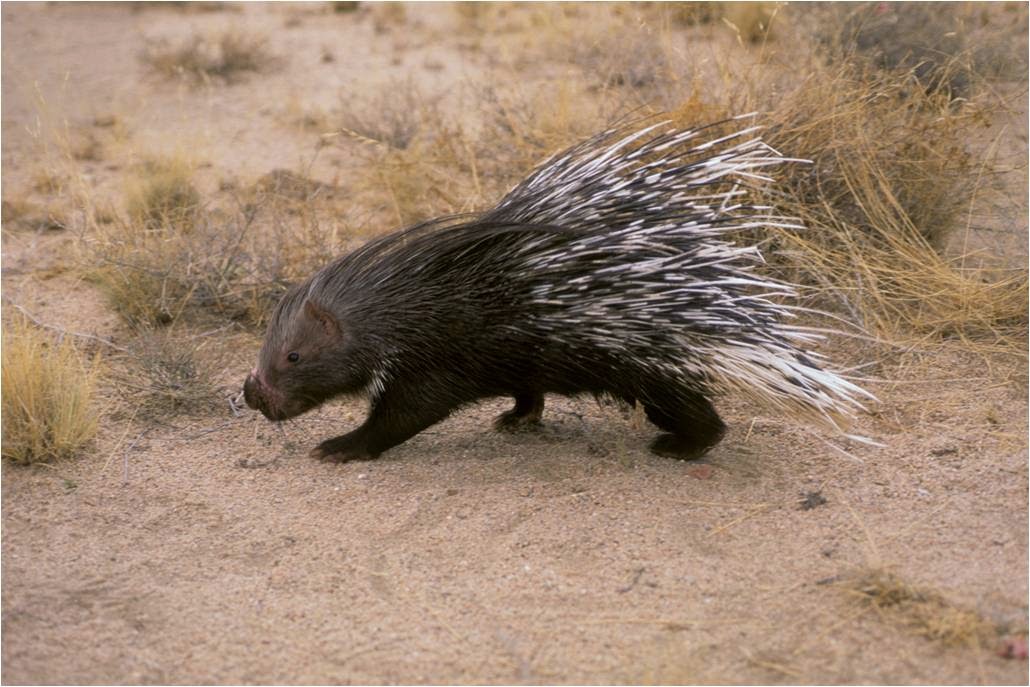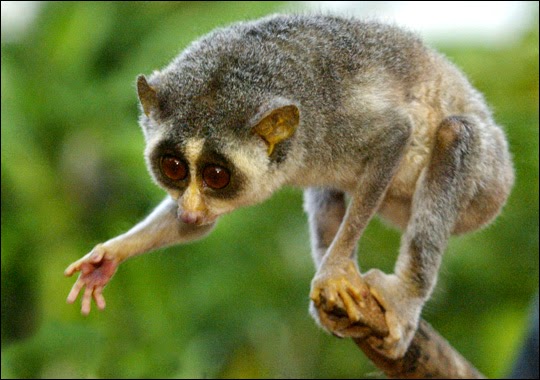Winged Bean (Psophocarpus tetragonolobus (L.) DC.)

Taxonomic Classification Kingdom: Planate Division: Manoliophyta Class: Magnoliopsida Subclass: Asteridae Order: Solanales Family: Leguminosae Genus: Psophocapus Species: P.teragonolobous Psophocarpus is a genus of five species of twining, tuberous-rooted herbs. The plants have trifoliate leaves and 4-sided, 4-winged pods. P. tetragonolobous is grown for its immature pods which are eaten as a vegetable. The plant is a twining glabrous perennial herb, usually grown as an annual. It has numerous roots; main long, thick, tuberous laterals running horizontally at a shallower depth. Morphological Characters Stem: The stem is ridged and 2-3 m long. Leaves: Trifoliate leaves are arranged alternatively. The leaf has a long petiole, which is deeply grooved on the upper surface. A large pulvinus is located at the base of the leaf. The stipules are 2-parted and the stipels are small. Flowers: The inflorescence is an axillary raceme, with 2-10 flowe

